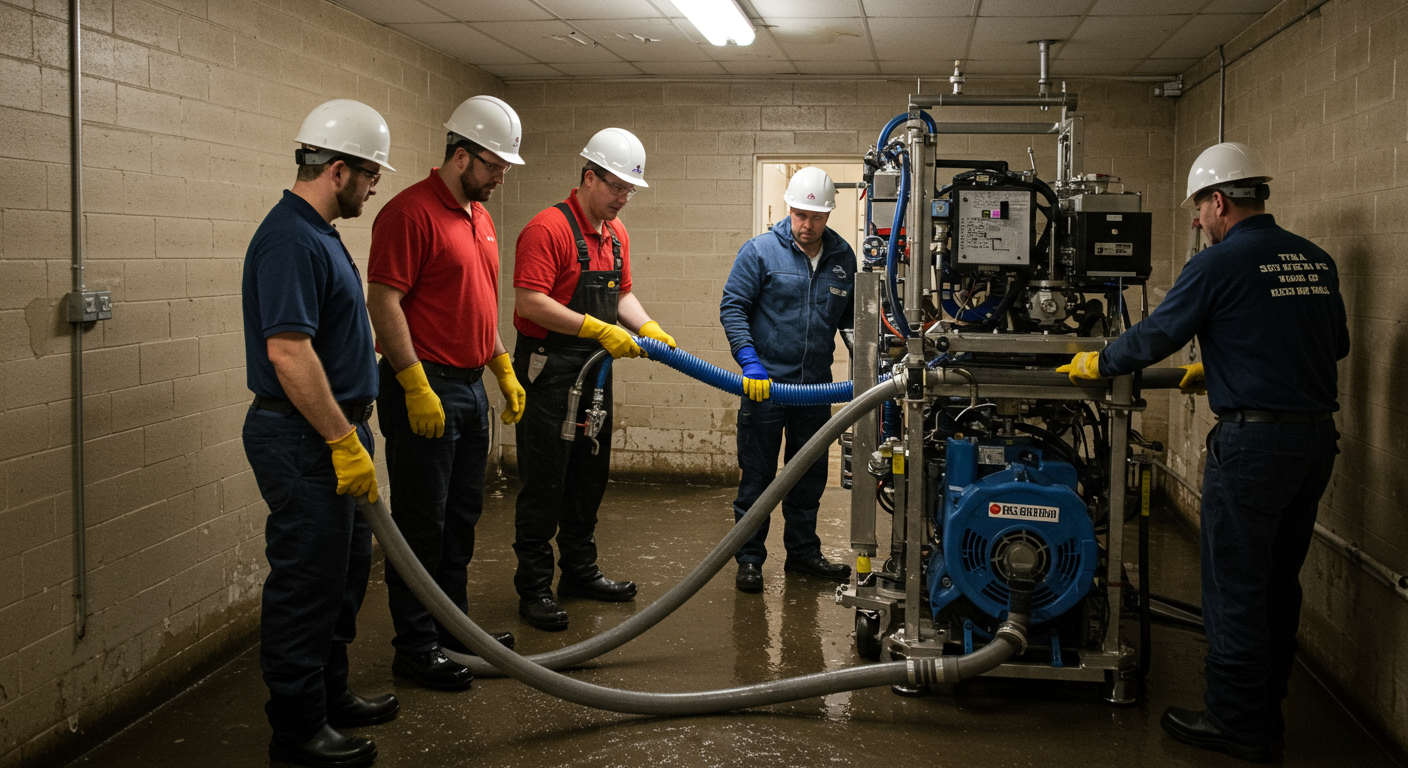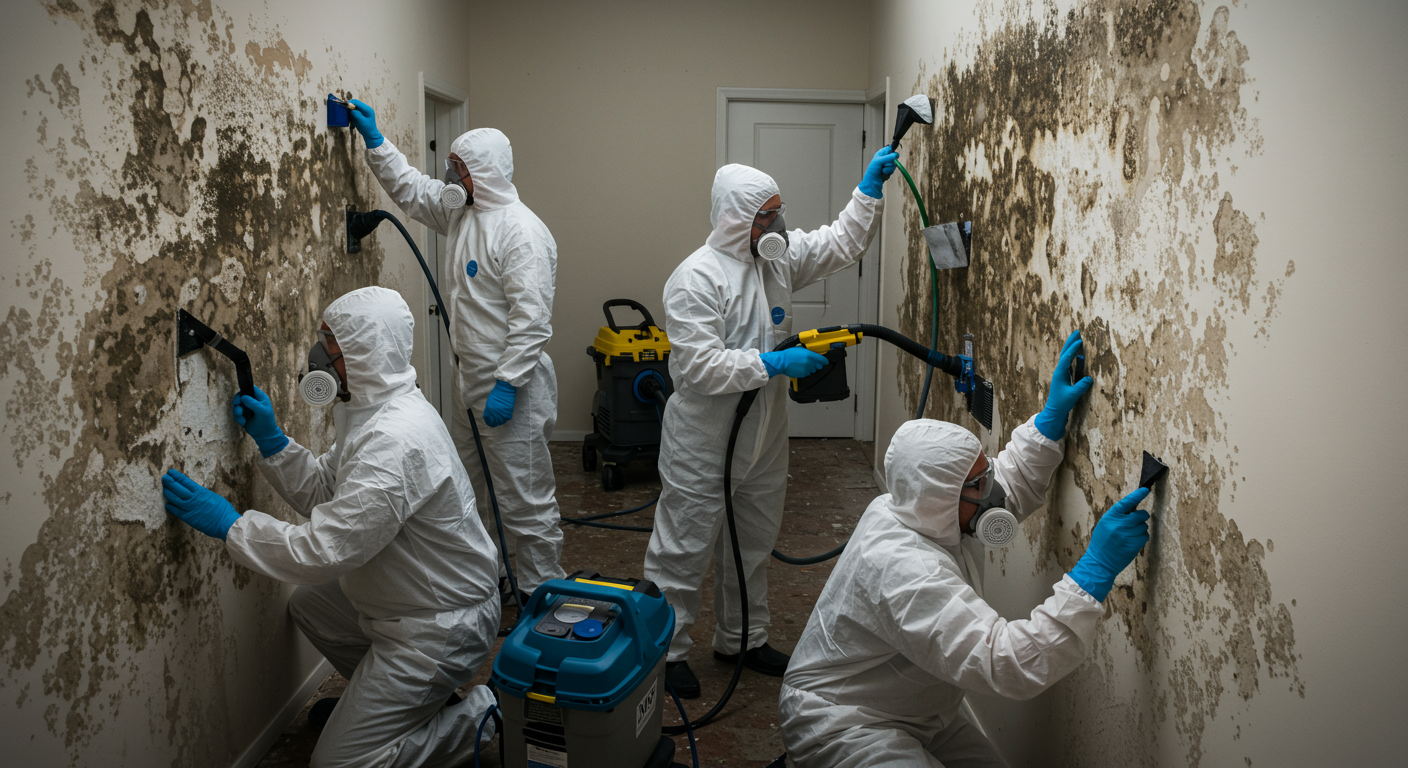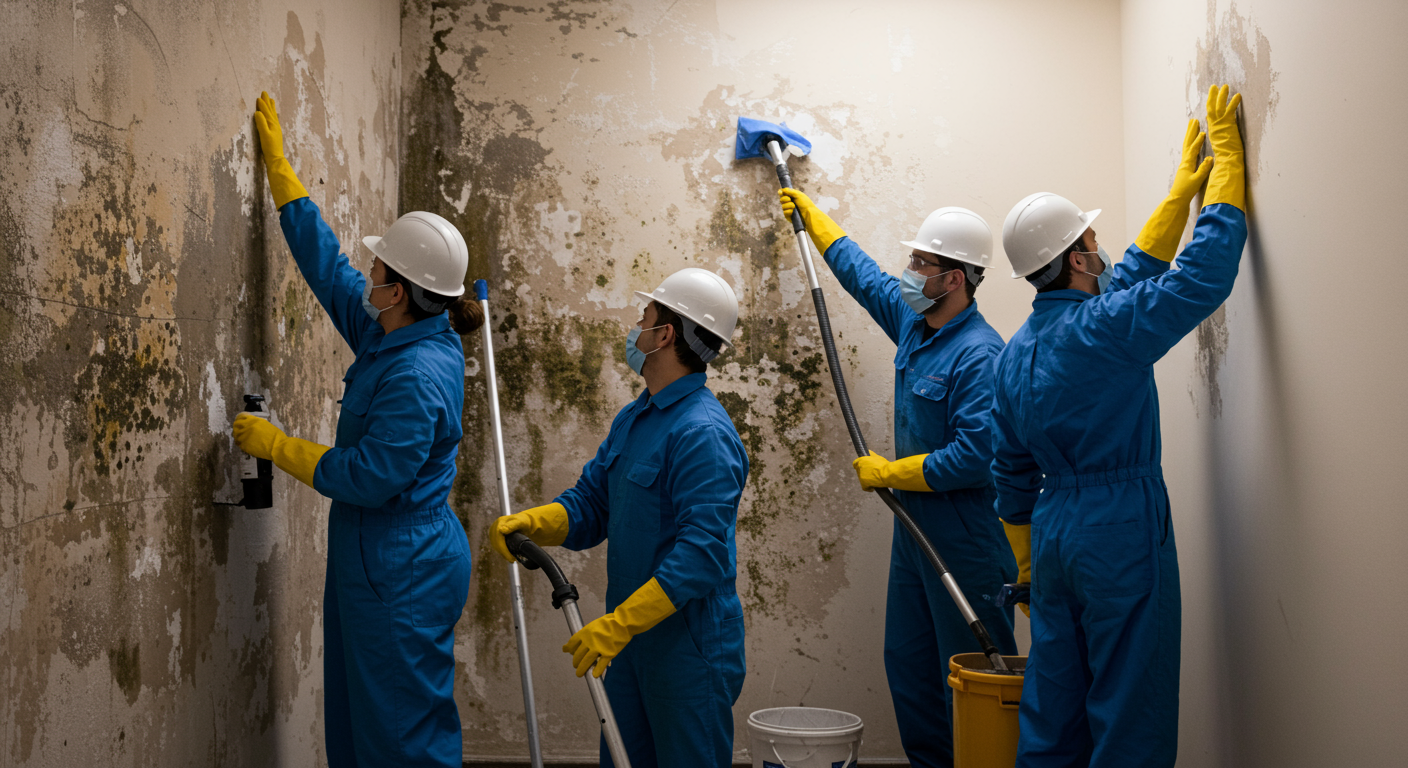Flood damage can be a devastating experience for homeowners, especially in areas like Oakland Park, FL, where water damage is a common concern. Understanding the costs associated with flood restoration is crucial for effective planning and swift recovery. This guide provides a comprehensive overview of flood restoration costs, factors influencing expenses, and tips for managing restoration effectively.
Average Flood Restoration Costs in Oakland Park, FL
The cost of flood restoration can vary widely depending on the extent of the damage and the services required. On average, homeowners in Oakland Park, FL, can expect to pay between $1,300 and $6,286 for flood restoration. The cost per square foot typically ranges from $3 to $7, depending on the severity of the damage.
For minor water damage, such as a small leak affecting a limited area, costs may remain on the lower end of the spectrum. However, extensive flooding involving structural damage or contamination by hazardous materials can significantly increase expenses. Understanding these cost ranges helps homeowners prepare financially for potential restoration needs.
Factors Influencing Flood Restoration Costs
Several factors determine the overall cost of flood restoration. These include:
Size of the Affected Area
The larger the area impacted by flooding, the higher the restoration costs. A small bathroom flood will cost significantly less to repair than an entire basement or multiple rooms.
Type of Water
Water is categorized into three types: clean, gray, and black. Clean water from a burst pipe is less expensive to address than gray water (from appliances) or black water (contaminated with sewage or hazardous substances).
Duration of Exposure
The longer water sits, the more damage it causes. Prolonged exposure can lead to mold growth, structural weakening, and increased restoration costs. Acting quickly can minimize these expenses.
Materials Impacted
Different materials respond differently to water damage. For instance, hardwood floors may require complete replacement, while tiles might only need cleaning and drying. The type of materials affected plays a significant role in determining costs.
Quick Action and Professional Help
Immediate action is essential to reduce damage and costs. Hiring certified professionals ensures effective restoration and prevents further complications, such as mold growth or structural issues.
The Restoration Process: Steps to Take
Flood restoration involves a systematic process to ensure thorough recovery. Here are the key steps:
Step 1: Assessment and Inspection
Professionals assess the extent of the damage and identify areas requiring immediate attention. This step helps determine the scope of work and cost estimates.
Step 2: Water Removal
Removing standing water is the first priority. High-powered pumps and vacuums are used to extract water quickly and efficiently.
Step 3: Drying and Dehumidification
Once the water is removed, drying and dehumidification prevent mold growth and further damage. Industrial-grade equipment ensures thorough drying.
Step 4: Cleaning and Sanitizing
Affected areas are cleaned and sanitized to eliminate contaminants and odors. This step is crucial for health and safety.
Step 5: Repairs and Restoration
Finally, damaged structures and materials are repaired or replaced. This may include drywall, flooring, and insulation.
For minor water damage, homeowners can take DIY measures such as using fans and dehumidifiers. However, professional help is recommended for significant damage to ensure comprehensive restoration.

Insurance and Cost Management for Water Damage
Managing flood restoration costs effectively often involves insurance coverage. Here’s what homeowners need to know:
Insurance Coverage Options
Most standard homeowner’s insurance policies cover water damage caused by sudden and accidental events, such as burst pipes. However, flood damage from natural disasters typically requires separate flood insurance.
Documenting Damage
Thorough documentation is essential for insurance claims. Take photos and videos of the damage, and keep receipts for repairs and restoration services.
Comparing Estimates
Obtain multiple estimates from certified restoration companies to ensure competitive pricing and quality service. This step helps homeowners make informed decisions.
Who Pays for Restoration?
In some cases, restoration costs may be shared between the homeowner and the insurance company. Understanding your policy and coverage limits is crucial to avoid unexpected expenses.
For additional insights into managing restoration costs, explore our Comprehensive Mold Remediation Services in Homestead, FL guide.
Flood restoration is a complex process that requires careful planning and professional expertise. By understanding the costs, influencing factors, and restoration steps, homeowners in Oakland Park, FL, can navigate water damage challenges effectively. Whether dealing with minor leaks or extensive flooding, swift action and informed decisions are key to minimizing damage and expenses.


